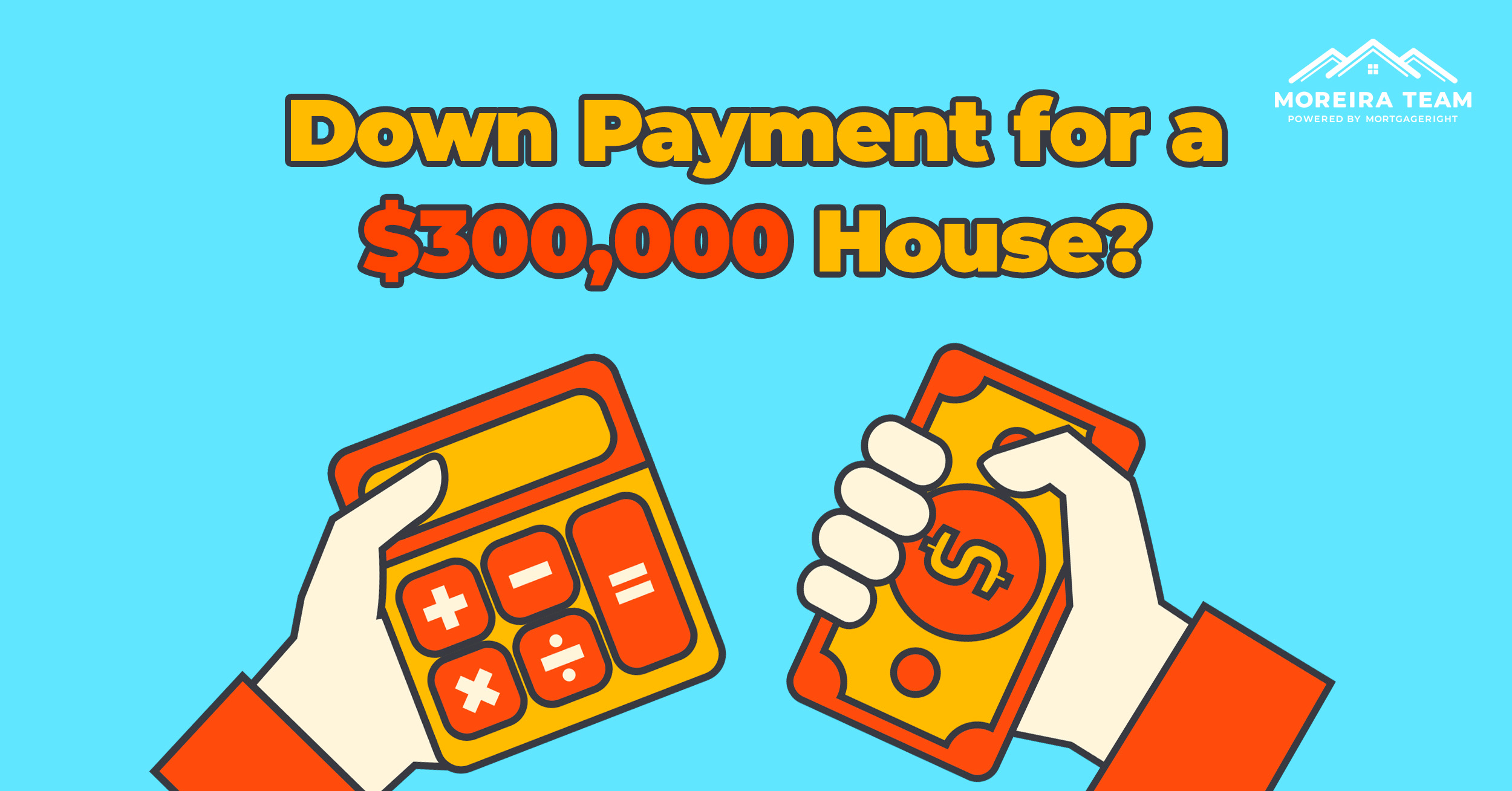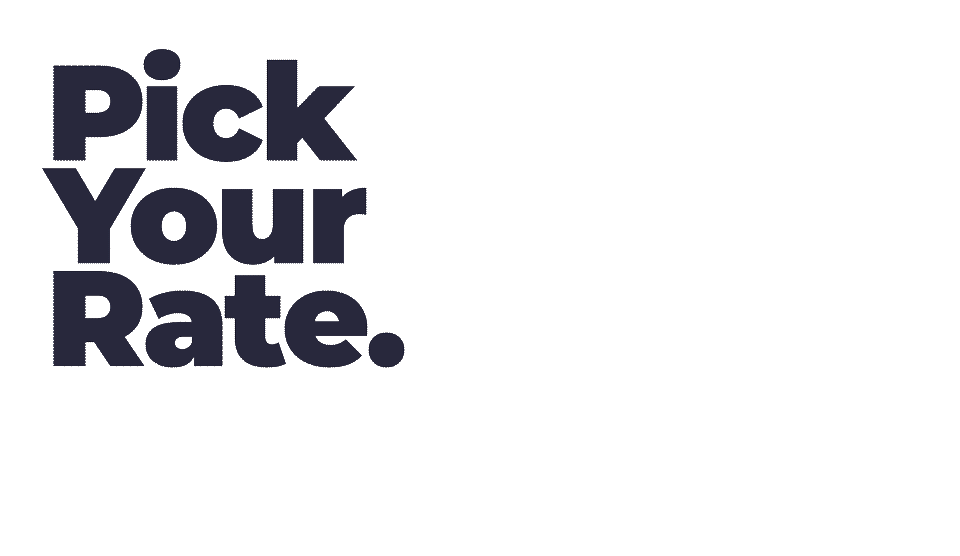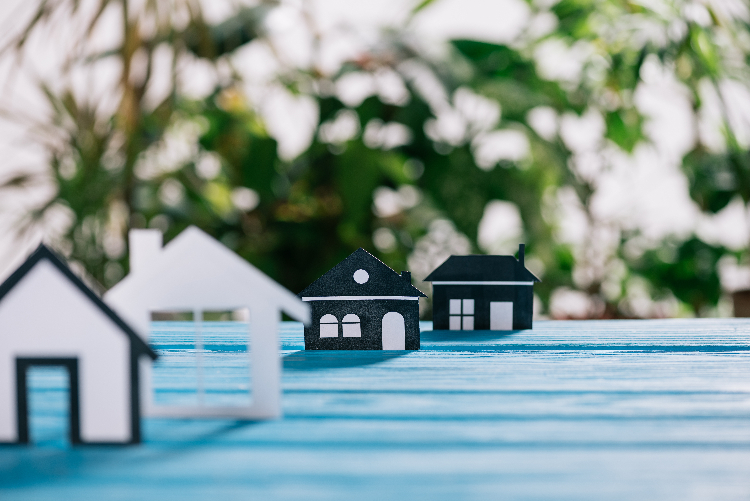
In this article
The down payment on a new home should be at least twenty percent, although recent changes in lending have resulted in lower requirements. As a result, you should check with your mortgage lender to determine how much you will need to put down. Traditionally, down payment amounts have ranged from ten to twenty percent. But with new loan types, the percentages are changing. Below, you’ll learn how much of a down payment you’ll need to make.

Earnest Deposit
The amount of earnest money that you have to pay to buy a house varies depending on the price of the property and the seller’s requirements. You may pay as little as a few hundred dollars or as much as several thousand dollars. The earnest money amount will vary depending on the price range and market conditions. For properties priced below one hundred thousand dollars, the earnest money amount is usually less than five hundred dollars. In higher price ranges, the earnest money is much higher and is often required.
An earnest money deposit is often one to five percent of the purchase price. If you are negotiating, you can offer more. However, keep in mind that if the transaction doesn’t go through, the money in the escrow account will remain locked for a longer period of time. Alternatively, you can pay earnest money in more than one installment. In either case, you will need to have a receipt to prove that you have paid the deposit.
When it comes to earnest money, make sure you work with a reputable third-party, such as an attorney or title company. Then, make sure you get a receipt for the money. You could end up losing the money if you don’t follow the terms of the contract. So, make sure you understand how much you have to pay before you sign anything. While most buyers don’t put any money down, you should always be prepared to part with a portion of your earning power.
Remember that it’s important to follow deadlines and avoid compromising your financial security by not making payments on time. You should also be aware of any restrictions or limitations placed on your earnest money. In many cases, this money is only returned if you agree to the seller’s refund policy. This is a common occurrence in real estate transactions. It’s important to make sure that you keep the deadlines that have been set by the seller.

Down Payment Amount
The first step in determining how much to put down on a house is to determine your budget. You can calculate how much you can afford to pay each month by reviewing your credit card and bank statements. If you earn more than thirty thousand dollars a month, your down payment should be twenty percent of the price of the house. It is important to have a minimum down payment percentage, regardless of the type of loan you’re getting.
Almost all lenders require a down payment. The amount varies widely, depending on your income, credit score, and the type of lending program you’re applying for. Banks typically use a Vantage score while FICO scores are used by most other lenders. If you’re unsure which method a particular lender uses, you can contact the lending institution and ask how much of a down payment they expect.
The amount of down payment you’ll need to put down on a $300K house depends on your lender and your individual circumstances. Some people have zero down payment requirements, while others can pay three or four percent of the house price. Putting down at least twenty percent can help you avoid paying mortgage insurance and interest and could save you thousands of dollars. If you can afford a three hundred thousand dollar down payment, it can save you thousands of dollars in the long run.
While some lenders charge more money for down payments than they do for mortgages, others have a lower interest rate. A lower interest rate, and shorter loan terms, are two factors you should consider before deciding on a home loan. When negotiating down payments, remember that larger down payments can often mean lower monthly mortgage payments. It can also mean lower monthly mortgage payments and faster loan payoff.
Earnest Deposit Amount
The earnest money amount is a negotiable amount between the seller and buyer, but it’s common to find a seller who requires 1% of the purchase price as an earnest deposit. Earnest money is also a good way to put a bid forward in a competitive market, but the amount should be realistic for the buyer’s financial circumstances. An earnest deposit of $500 is common for properties priced below one hundred thousand dollars, while a $1,000 earnest deposit is common for properties selling for several hundred thousand. The amount required for a three hundred thousand dollar house will vary depending on the seller, but it is not based on the list price.
Typically, earnest money is paid in the form of a personal check, wire transfer, or certified check. It is made payable to a third party and held in escrow until the closing date. In addition, many contracts contain contingencies that protect the buyer and the seller. It’s important to know these contingencies and be comfortable with them so your earnest money is safe.
When you’ve finally decided to purchase a home, you’ll need to pay an earnest deposit. This money is often referred to as your good faith deposit, and it shows the seller that you’re serious about buying the home. It’s usually paid within three days after an offer is accepted, and it can be paid in the form of a personal check, a certified check, or a wire transfer to the escrow account.
In most cases, the buyer will pay earnest money before closing the sale, so it’s important to be prepared for this unexpectedly. The amount you put down is not set in stone, but it shows that you’re serious about buying the home. In fact, 99.9% of real estate deals have some type of earnest money. If you’re considering a three hundred thousand dollar house, the amount may be as little as three hundred dollars.
Down Payment Percentage
The down payment percentage for a $300K house varies, and is determined by your individual financial situation and mortgage plan. Some people are able to put nothing down, while others will need to put down at least 3%. However, many lenders prefer that you put at least 20% down, which can save you thousands of dollars in mortgage insurance and interest. The percentage that you put down will be based on the type of loan you qualify for.
A basic down-payment calculator allows you to easily determine what percentage of the house you can afford to put down. In a few clicks, the calculator will translate the price of your desired home into a down payment percentage, and the amount of money you will need to pay in up-front costs. The calculator will also allow you to enter the amount of your rent payments to determine the down payment percentage.
The Home Buying Institute recommends putting down 20% or more. However, the amount you can afford depends on your financial situation and your location. While you should be prepared to make a down payment that you can afford, you should always have an estimate on hand in case you’re stuck. Using a down payment calculator will help you budget your money wisely. There are many different down payment calculators available online, and you can use one to determine how much you can afford to put down on a house.
A down payment is the most significant expense during the home-buying process. In addition to the down payment, you will have to pay closing costs, such as lender’s title insurance, mortgage points, and an appraisal or survey fee. Some down payment assistance programs can also help you pay for these costs. The down payment percentage for a three hundred thousand dollar house depends on your financial situation. For low income borrowers, a down payment assistance program may be the only option.
Average down payment
If you’re looking to buy a home, you’ll need to put down a significant amount of money before closing on a property. Expect to pay between $10,500 and $60,000 as a down payment for a loan of $300,000. While the suggested average down payment for a $300,000 home is 20%, many people put down less than this. The down payment calculator can help you plan your savings and budget to put down the smallest amount possible. In addition, the calculator can help you determine the amount of money you need to save each month.
As of 2021, the average down payment for a three hundred thousand dollar home is twelve percent, but it can vary. Some consumers pay as little as four percent and others pay as much as twenty percent. While the average down payment may be higher for first-time buyers, it is still a good idea to have money in your bank account to cover unexpected expenses. Additionally, you may have to pay prepaid costs upfront to third parties at closing. These payments are not necessarily a down payment, but an advance payment for ongoing expenses.
Having a down payment is important because it helps the mortgage lender mitigate the risk of default. The more money you put down, the lower the interest rate and, ultimately, the lower the monthly payment. Depending on the type of mortgage you have, you may want to get a low or no down payment option. You can also use a down payment calculator to help you determine the amount you should put down.
While it can be difficult to save money for a down payment, it can help you avoid the costly situation of paying thousands of dollars out of pocket. The average down payment on a $300K house is about nine thousand dollars or more, and closing costs can add up to twenty thousand dollars. The average monthly mortgage payment with PMI is about $2,400. It’s important to remember that the amount you’ll need to put down will depend on your credit score, your debt-to-income ratio, the type of mortgage, the interest rate and the length of time you’ll be in the house.

